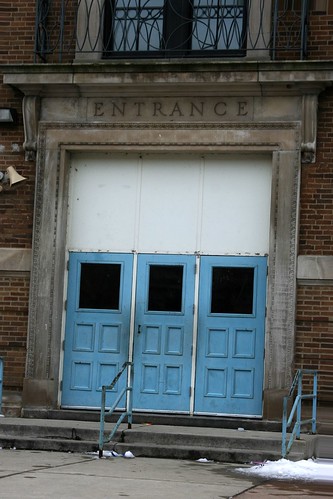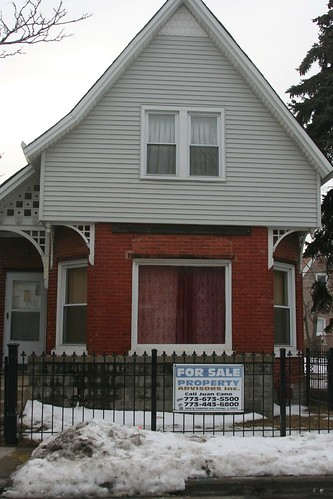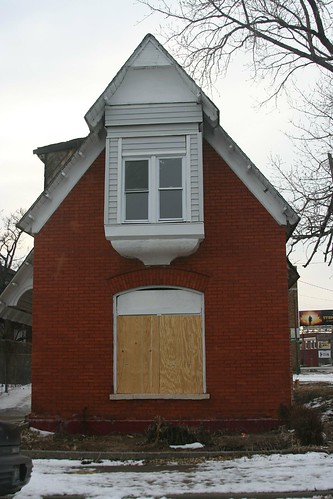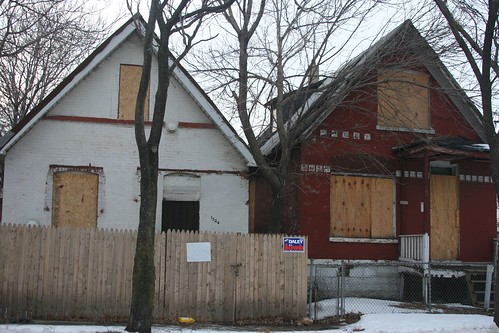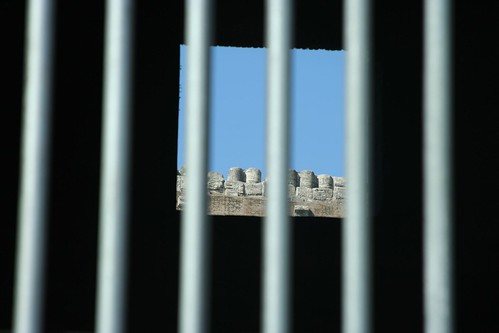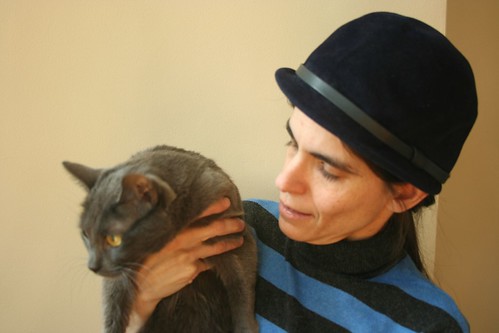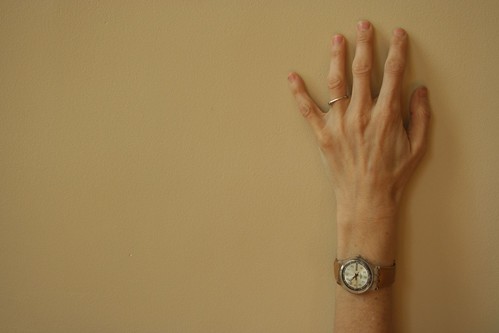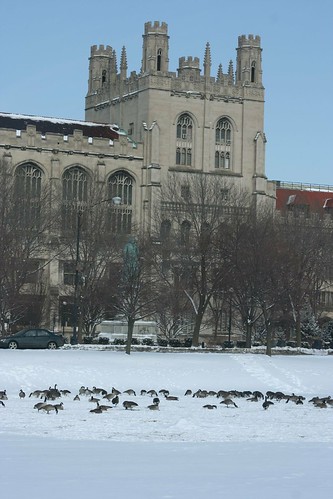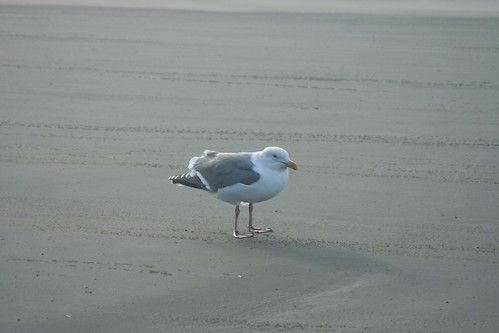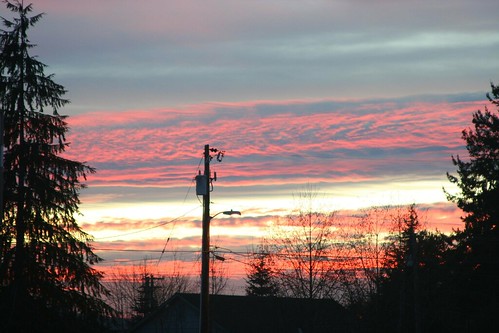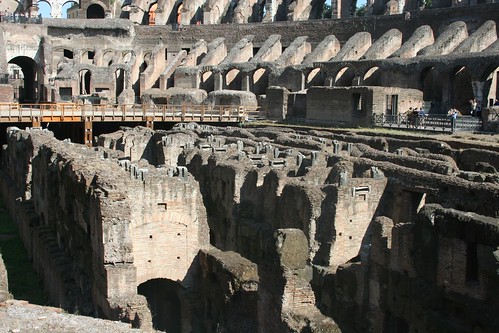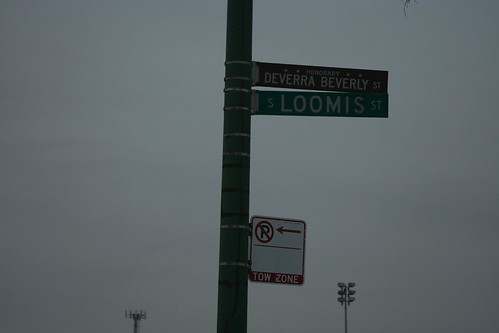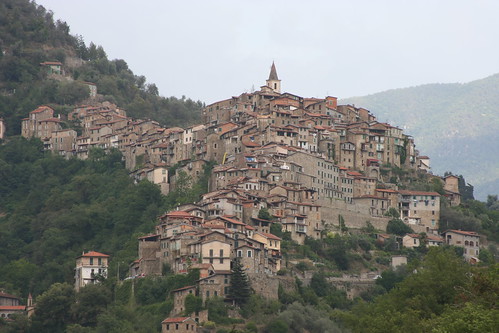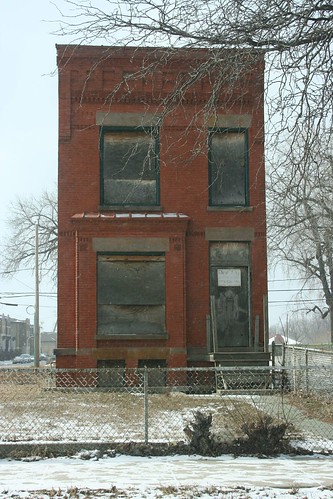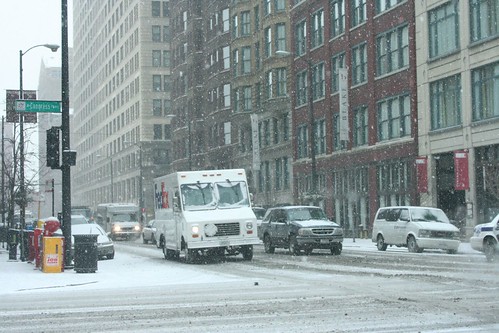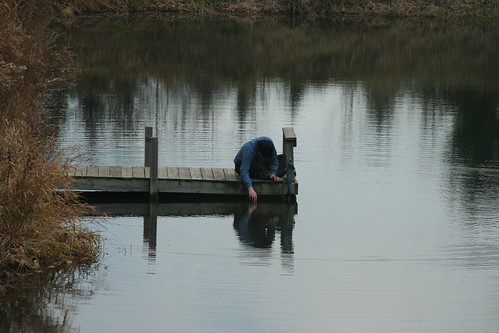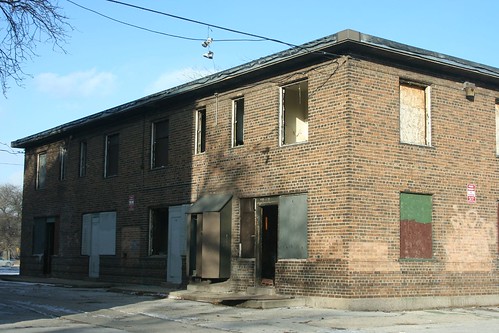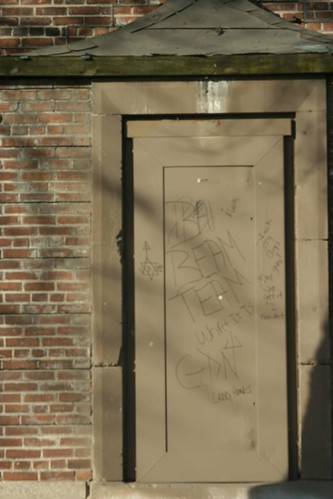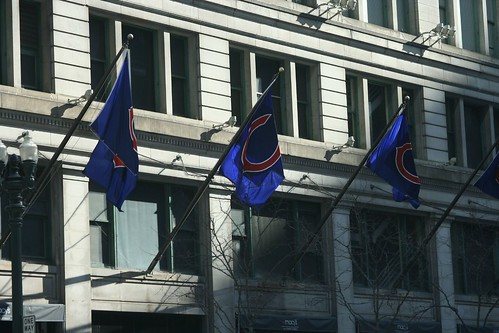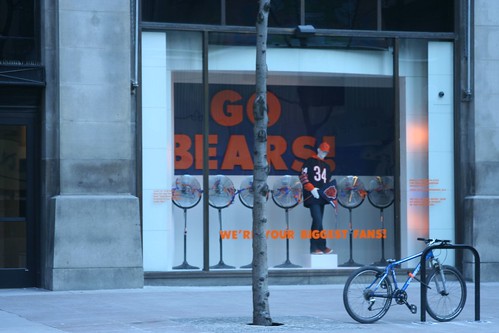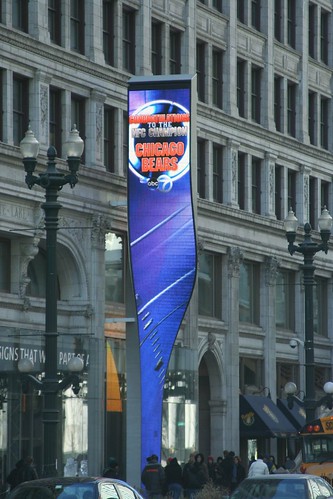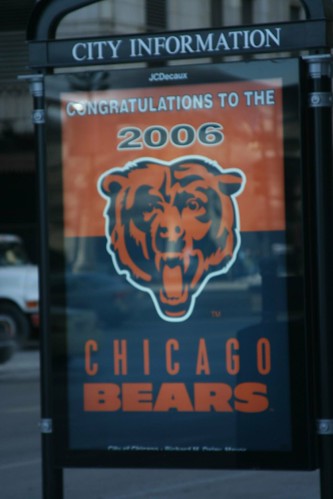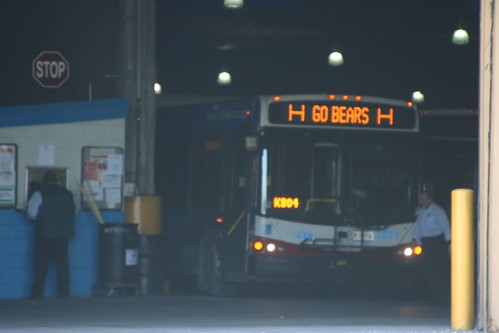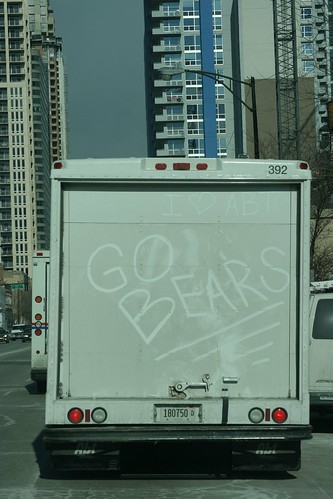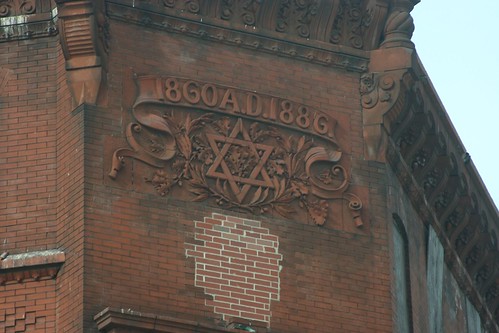
My third book for the Classics Challenge is Alfred Kazin’s A Walker in the City. Since this is also on my TBR list, I want to first tell you why I have this book.
A couple of years ago, I was at a conference in New York City. As is my way, when I burn out on learning, I go sight seeing. I managed to catch some theater and I took a side trip to Brooklyn. The latter was a bit of a “roots” thing. Thanks to the internet I was able to retrieve some census data about my grandfather and his family. From a 1920 census, I tracked down the address he lived at when he was 9 years old in Brooklyn. I guessed that perhaps his old house had been torn down years ago but decided to see if I could find the neighborhood. I armed myself with a Mapquest map of the area, found the right subway station and off I went.
When I got off at my stop, I discovered that I was not in a prosperous neighborhood. After 23 years of living in Chicago, I am familiar with housing projects, but these seemed to go on forever. Not only was my grandfather’s house gone but so was his entire neighborhood. I couldn’t find enough intact old housing to decide what the original homes had even looked like.
I was a bit nervous about where I was so I walked around a little bit and then grabbed the next train out of there. I spent a bit of time in some of the more trendy Brooklyn neighborhoods and picked up this book.
Kazin grew up in the same Brownsville neighborhood of Brooklyn as my grandfather. He was only 4 years younger so they may even have run into each other during some of Kazin’s ramblings. Unfortunately they are both gone so we will never know.
Kazin’s story is one of boyhood in an immigrant neighborhood. It is a story of the old world, of a mother who does not read much English, of a synagogue named for a Polish village, and of the new one. Kazin, like many children of immigrants, longs to become assimilated. He walks from his neighborhood to parts of the city that he sees as more American.
He also reads to escape, to become, vicariously, more American. “The automatic part of all my reading was history. The past, the past was great: anything American, old glazed, touched with dusk at the end of the nineteenth century, still smoldering with the fires lit by the industrial revolution, immediately set my mind dancing. The present was mean, the eighteenth century too Anglo-Saxon, too far away. Between them, in the light from the steerage ships waiting to discharge my parents onto the final shore, was the world of dusk, of rust, of iron, of gaslight, where, I thought, I would find my way to that fork in the road where all American lives cross.”
Reading A Walker in the City is a journey in itself. Enjoy following Kazin as he travels between old and new cultures and between childhood and adulthood. It is a pleasant ramble.
